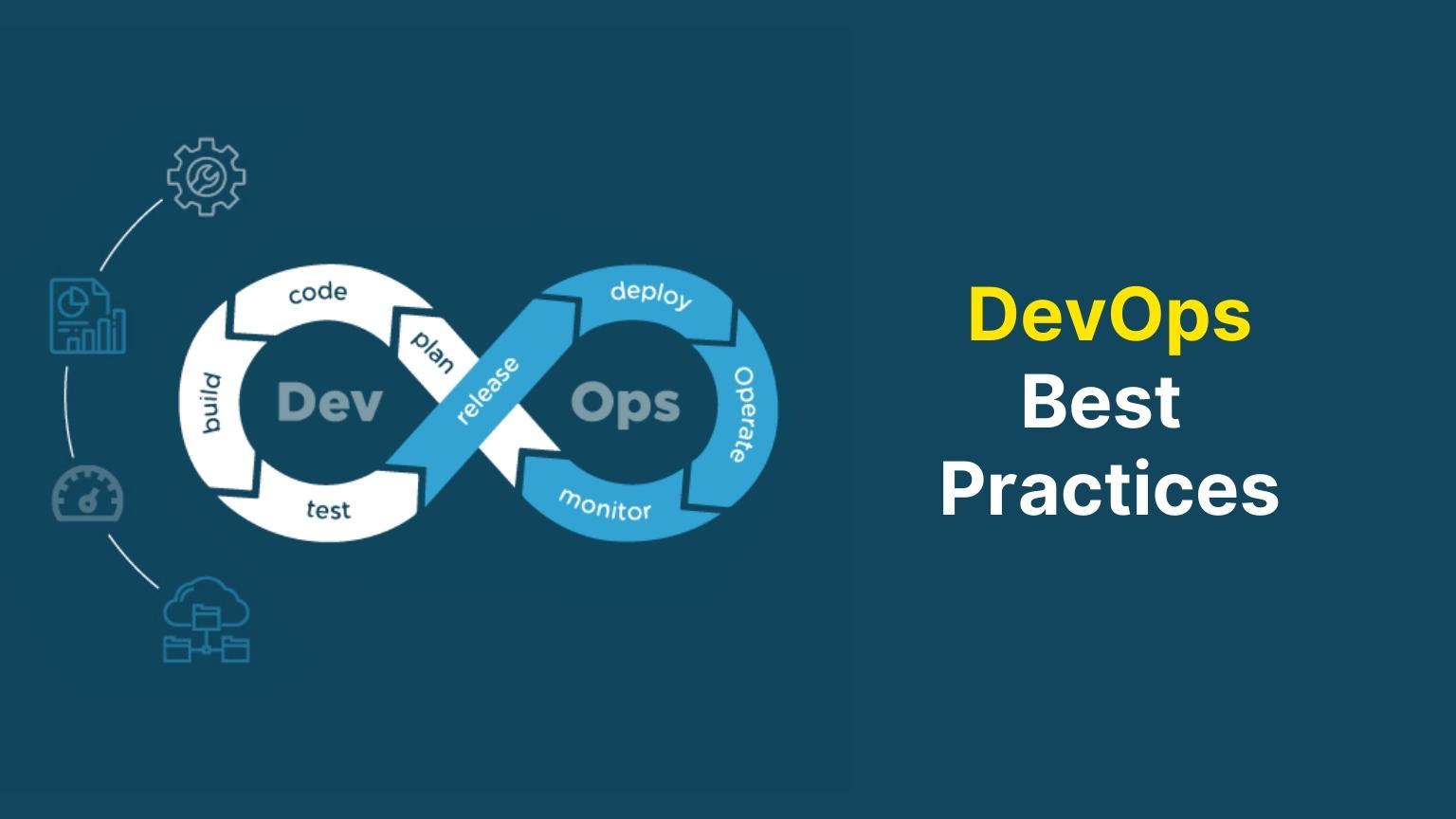Vagrant and Docker are both popular tools used for environment isolation, but they have different approaches and use cases. Here’s an overview of each and how they can be used to isolate environments:
- Vagrant: Vagrant is a tool for creating and managing virtual machines (VMs) with various providers such as VirtualBox, VMware, or Hyper-V. It allows you to define and configure a development environment using a declarative configuration file called a Vagrantfile. Vagrant provisions a complete VM, including the operating system, and provides a consistent and reproducible environment.When using Vagrant, each project typically has its own VM, providing strong isolation between environments. This allows you to have different operating systems or configurations for different projects. You can also use Vagrant to manage multiple VMs that work together, such as a database server and a web server.Vagrant is particularly useful when you need an environment that closely resembles a production server or when you require full OS-level isolation. It’s commonly used for projects that involve infrastructure provisioning, system-level testing, or projects that require specific OS configurations.
- Docker: Docker is a containerization platform that allows you to create lightweight, isolated environments called containers. Containers are similar to lightweight VMs but share the host machine’s OS kernel, resulting in faster startup times and more efficient resource usage. Docker uses container images, which are read-only templates that define the environment’s dependencies and configurations.With Docker, you define your application’s dependencies in a Dockerfile, which describes how to build a container image. These images can be shared and reused, making it easy to distribute and deploy applications consistently across different environments. Docker also provides tools for managing containers, such as Docker Compose for defining multi-container applications.Docker excels at isolating application dependencies and packaging applications with their dependencies. It allows for consistent deployment across different environments, from development to production, and enables scaling and orchestration with tools like Docker Swarm or Kubernetes.
In summary, Vagrant focuses on providing full VM-based isolation with different operating systems and configurations, while Docker provides lightweight container-based isolation with efficient resource usage and dependency management. The choice between Vagrant and Docker depends on your specific requirements, such as the need for full OS isolation, application-level isolation, or the ability to distribute and deploy applications consistently. In some cases, Vagrant and Docker can be used together, with Vagrant managing the VM and Docker running within the VM to isolate applications at a container level.





